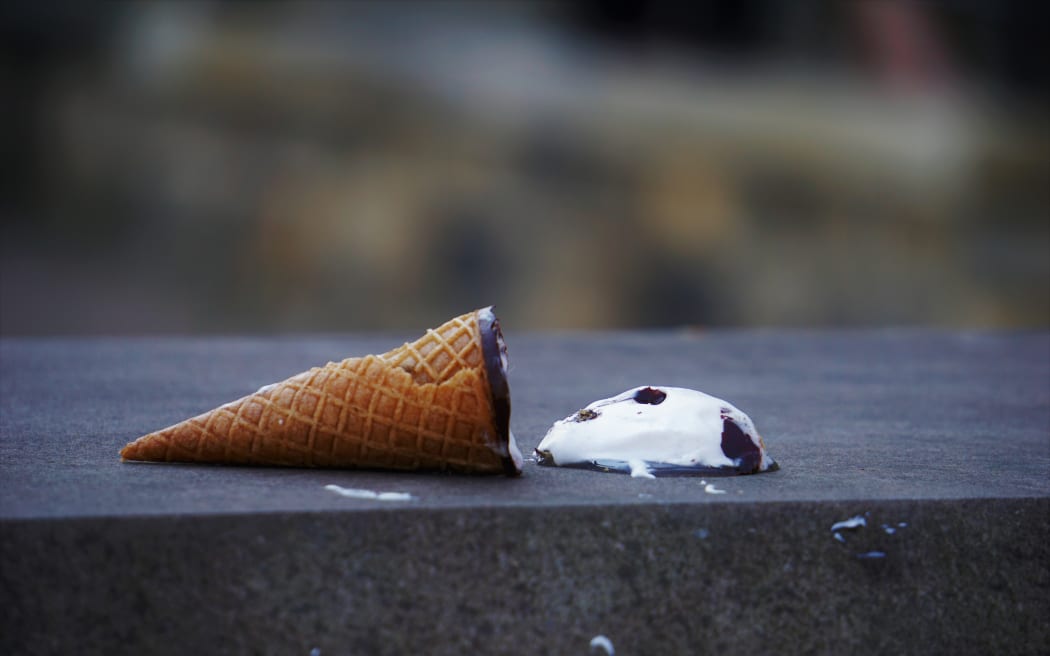
Sorry, the three-to-five second rule is a myth. Photo: Sarah Kilian / Unsplash
How long is too long to hold onto that Christmas ham? Is the five-second rule when food lands on the ground legitimate? Vincent Arbuckle, deputy director-general for food safety at the Ministry for Primary Industries, has all the answers.
Food-borne illnesses spike in the summer, he says, with campylobacter (which causes nausea, diarrhoea, abdominal pain and fever) being a particular problem. He joined Summer Times to shed some light on how to stay safe.
Is the three-to-five second rule true?
“Bacteria doesn't observe a three to five-second rule. There really isn't a safe, quick period. If food lands on the floor, it's going to pick up whatever's on the floor immediately.”

Ham kept in the fridge should be safe for at least a week. Photo: Julie Biuso
How long is ham safe to eat?
You’ve probably either eaten, or are sick to death, of the Christmas ham before it becomes a problem, Arbuckle says.
“It should be good for at least a week. After that, probably you will [be] sick of it anyway. You probably need to do something with it, slice it up and freeze it, but the general rule of thumb is a good week is pretty safe, as long as you put it in the fridge within that two-hour period.”
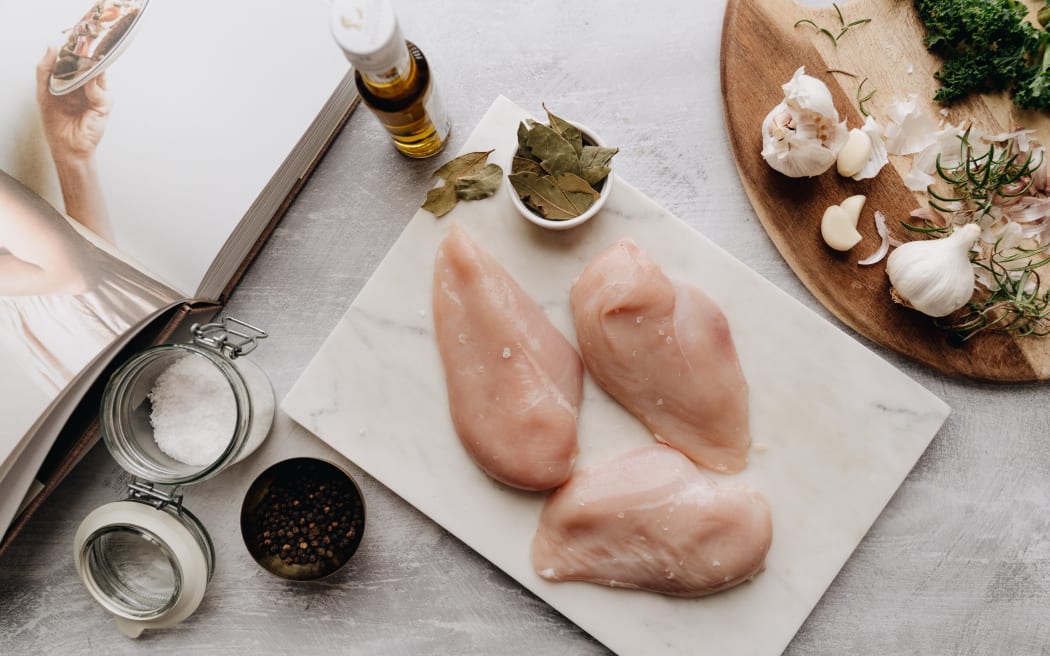
Assume raw chicken has campylobacter, Arbuckle says. Photo: Pexels
Why is chicken considered risky?
“We should assume that [campylobacter] bacteria is still alive and present in poultry,” Arbuckle says.
"So, it just requires some sensible and reasonable ways of handling chicken.”
After you handle raw poultry, wash your hands before you handle something else and try to use a separate chopping board and knife for chopping poultry and other chopping jobs, he says.
Some people think they should wash whole chickens bought from the supermarket, but Arbuckle says this is unnecessary.
“If you wash it, all you're doing is firing bacteria around the kitchen sink and around the bench.”
Cooking temperature is key when it comes to safe chicken consumption, Arbuckle says.
“Making sure you cook it thoroughly, you really want to get to 75 degrees, so it has no red meat left and clear juices. And it's at that 75-degree level, at that point, it's really safe.”
The danger zone for bacteria is 5 to 60 degrees, he says.
“That is the temperature zone in which bacteria tend to grow and thrive. They won't grow that much below five degrees which is in your fridge, and they won't thrive and often get they usually get killed off above 60 degrees.”
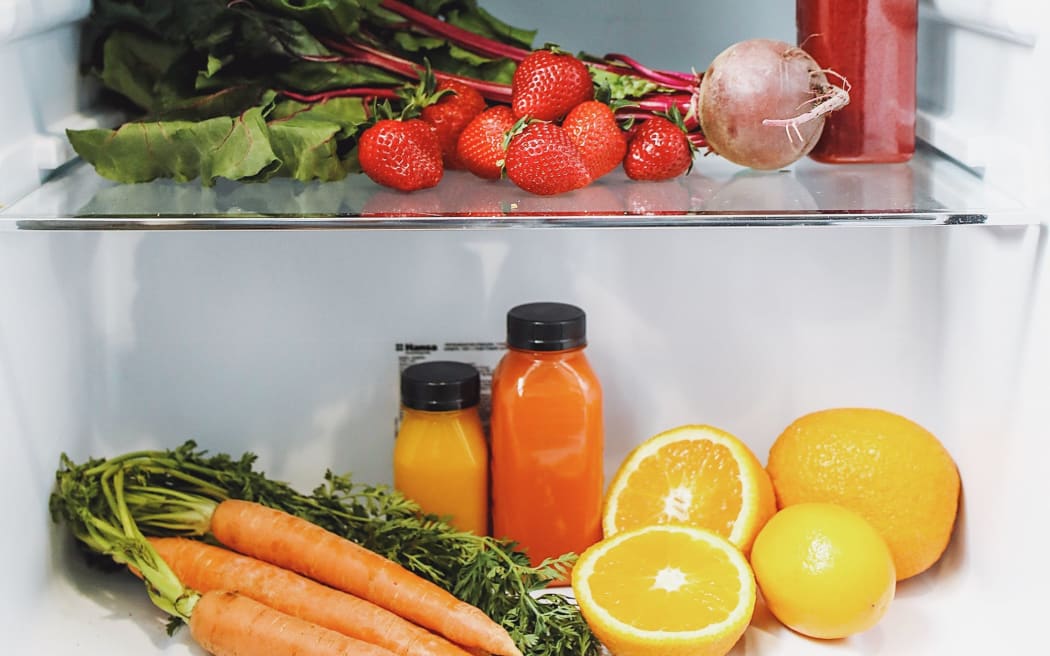
Keep your fridge between 2 and 5 degrees. Photo: Pexels
What temperature should your fridge be at?
Between two and five degrees is optimum, Arbuckle says.
I need to defrost something, what's the best way to do it?
The safest way is in the fridge, Arbuckle says, even if it takes longer.
“The worst way is to take it out the night before leave on the bench overnight, because what it does, it raises up to the temperature of the room. And that's that danger zone where the bacteria then start to grow.
“Some bacteria will grow actually up to double every 20 minutes. Try and defrost in the fridge, it takes a little bit more time, but it's certainly safer.”
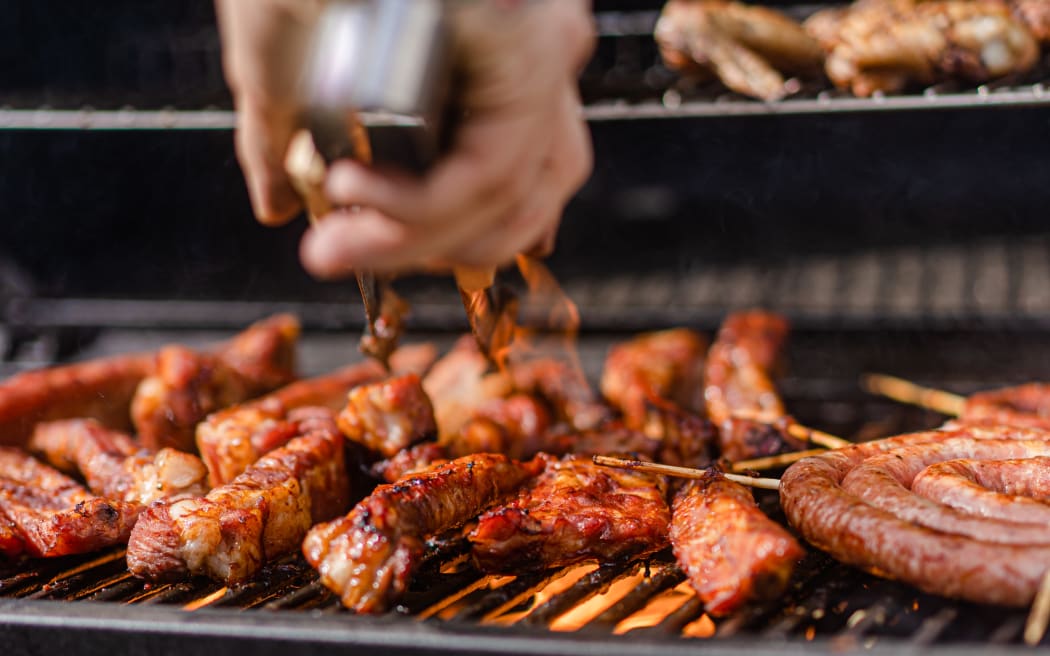
Got leftover meat from a barbecue? Eat it within two days to stay safe. Photo: Unsplash / Marek Mucha
How long can I keep cooked meat?
The rule of thumb is two hours and two days, he says.
“If you've cooked any form of meat, from your barbecue, or whatever, try and get it back in the fridge within two hours. So that's the two-hour rule.
“Two days in the fridge for that sort of cooked meat is probably best rule of thumb.
“After that, find some other purpose for it; either freeze it, or use it as use it as leftovers and reheat it well.”
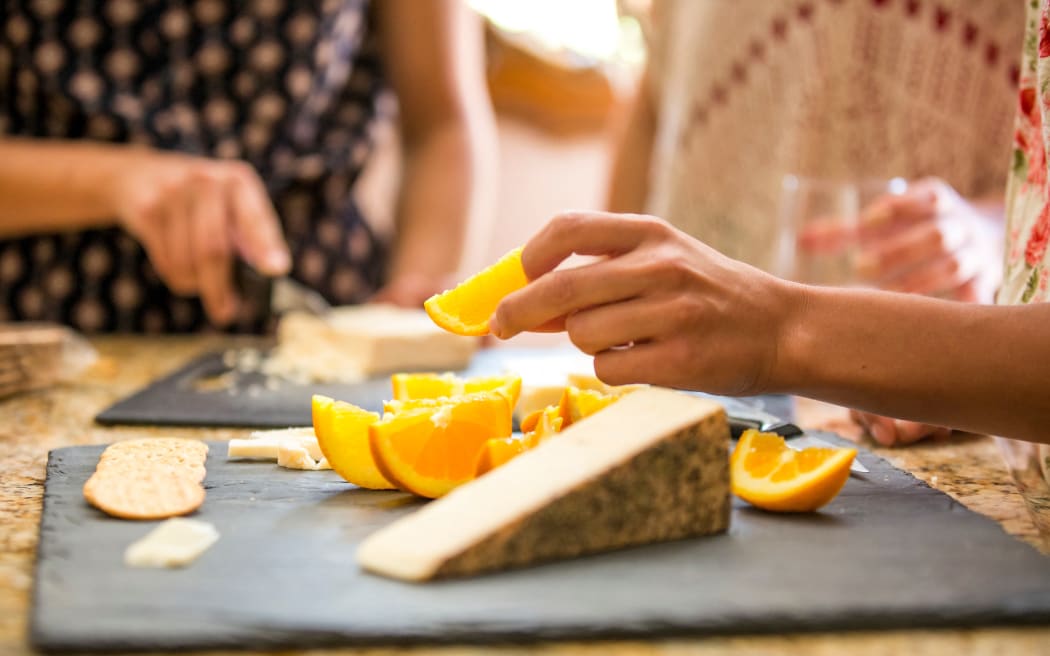
Cheeses don't age as well as you might think, Arbuckle says. Photo: DEBORAH KOLB
What about cheese?
Cheeses have use by dates which mustn’t be ignored, he says.
“It's dangerous beyond the use by date, particularly for the risk of listeria, and for elderly people or people who are pregnant, there's a high risk from those foods.
“If it's a best before, you can certainly extend based on your own judgment of how it looks and feels and smells.”
Is it ok to reheat leftovers?
“You want to get up above that 60 degrees, so it's out of that danger zone and into that 75 degrees.
“Heat’s a terrific thing from a food safety perspective. It kills bacteria, it kills viruses. Basically, it renders it totally safe.”
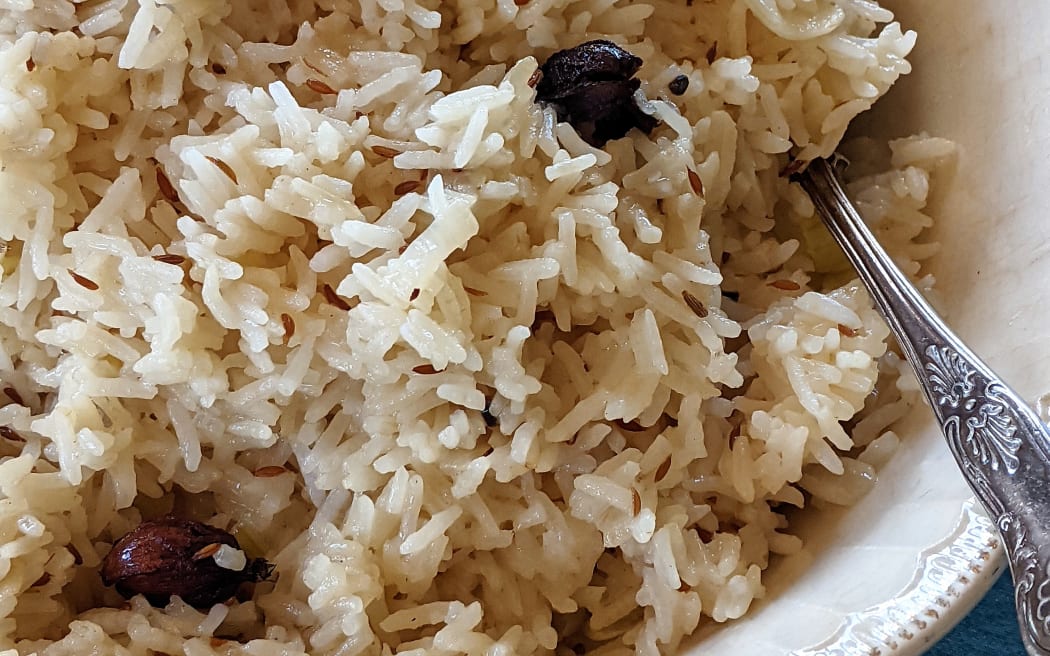
Rice is high-risk, Arbuckle says. Photo:
What about reheating rice?
“Rice is a particularly high-risk food type and the advice there is to consume it reasonably quickly after you've boiled and made up some rice, it's not a thing to keep in the fridge for long periods of time.
“Heat does kill bacteria and viruses but for rice, given it’s a pretty cheap product, our advice would be consume it on the day. What’s left over, bin it and then make some the next day.”

